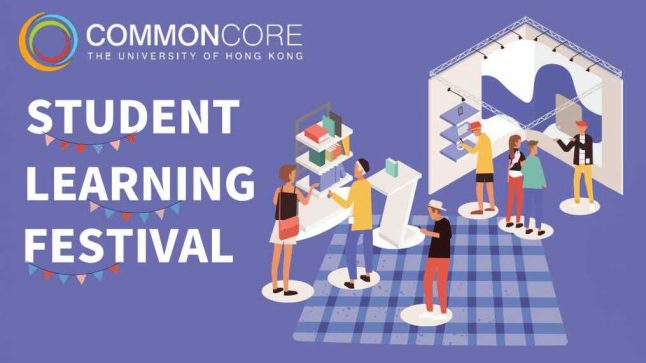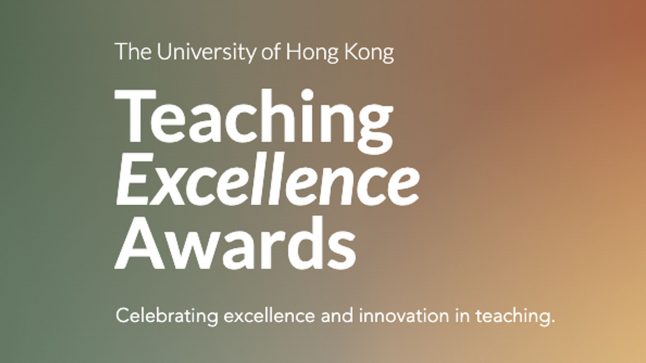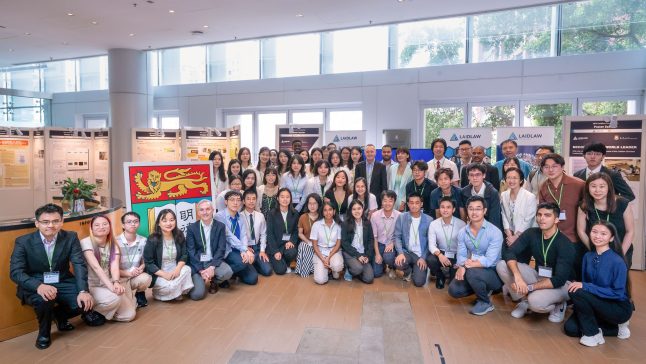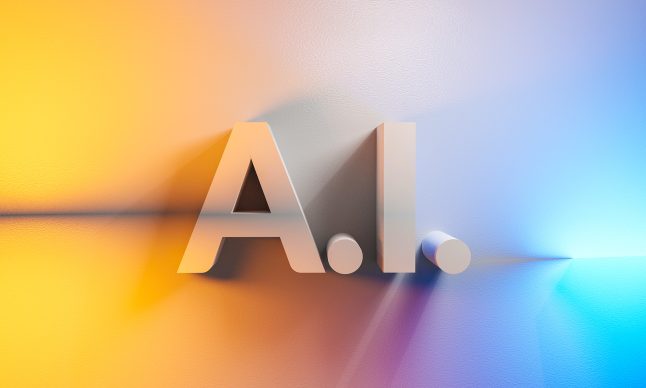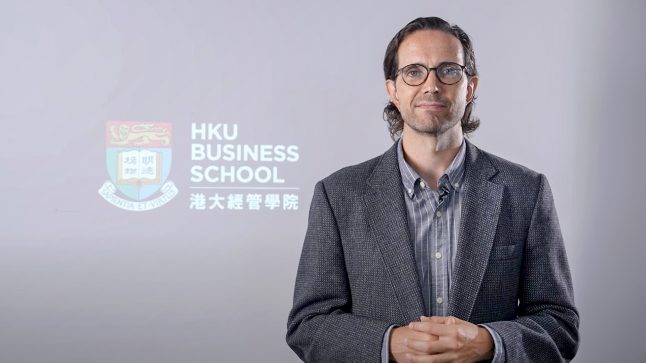

Last semester, Ricky and his course team began a new teaching and learning experiment. They have developed a series of videos to replace traditional lectures; and delivered 5 game-based workshops for students in their CC class (e.g., solving the Rubik’s cube, defusing bombs in a computer game, and solving encrypted codes). The main driver of the flipped approach was the dissatisfaction with the low energy level observed in lectures. “We (teachers) are just sending out sound waves that nobody cares to receive,” Ricky said.

Participants of the sharing session had to experience this new way of learning first-hand. Prior to the meet-up, they were asked to watch several video clips on “recursion”, one of the algorithms that Ricky taught in his course. When they came in, they had to “compete” in an online game powered by Kahoot to check their preparedness, followed by a team-based, hands-on activity of solving a recursion problem with lego pieces. While groups of students in the actual CC course need to produce a video on the solution by the end of the two-hour class as a deliverable, our teacher-participants were asked to explain their solution to Teaching Assistants within 10 minutes. Feel the adrenaline? That’s what Ricky meant by “learning begins at the end of your comfort zone”.


Ricky learnt from his own experience that the 4Cs – credit, collaboration, competition, and co-creation – were important in providing the motivation that students need. Here is his recipe:
| Application in CCST9003 | Advantage | |
|---|---|---|
| Credit | All classwork activities counted towards students’ final grade. | Students had the incentive to participate in the first place. |
| Collaboration | It is one of the criteria in the grading rubrics. Every group member needs to participate and demonstrate collaboration. | Creates room for dialogue and peer-to-peer learning; where stronger students are motivated to help weaker students. |
| Competition | Each group competed with the 29 other groups in the class.
Competitive elements, e.g., the fastest and most accurate team wins, students can leave the class once they completed the task. |
An essential element to push for and maintain a high energy level, competition is a good motivator for an individual to strive for the better. |
| Co-creation | A video had to be produced on the spot at the end of each class, showing how the solved the problem. | Learning by teaching is encouraged; students can have solid take-aways and a sense of satisfaction when leaving the classroom. |
“Just enjoy that learning and don’t care about the marks,” one of the CCST9003 students said in the video interview done after the last classwork activity. Perhaps this is great testimony that all the hard work of Ricky and his team paid off at the end.
The Common Core continued to be a sandbox of experimentation of new pedagogies. This semester, Mr. Matthew Pryor is also flipping his CCHU9001 Designs on the Future: Sustainability of the Built Environment.
Last but not least, feel the beat of CCST 9003 through this video.

